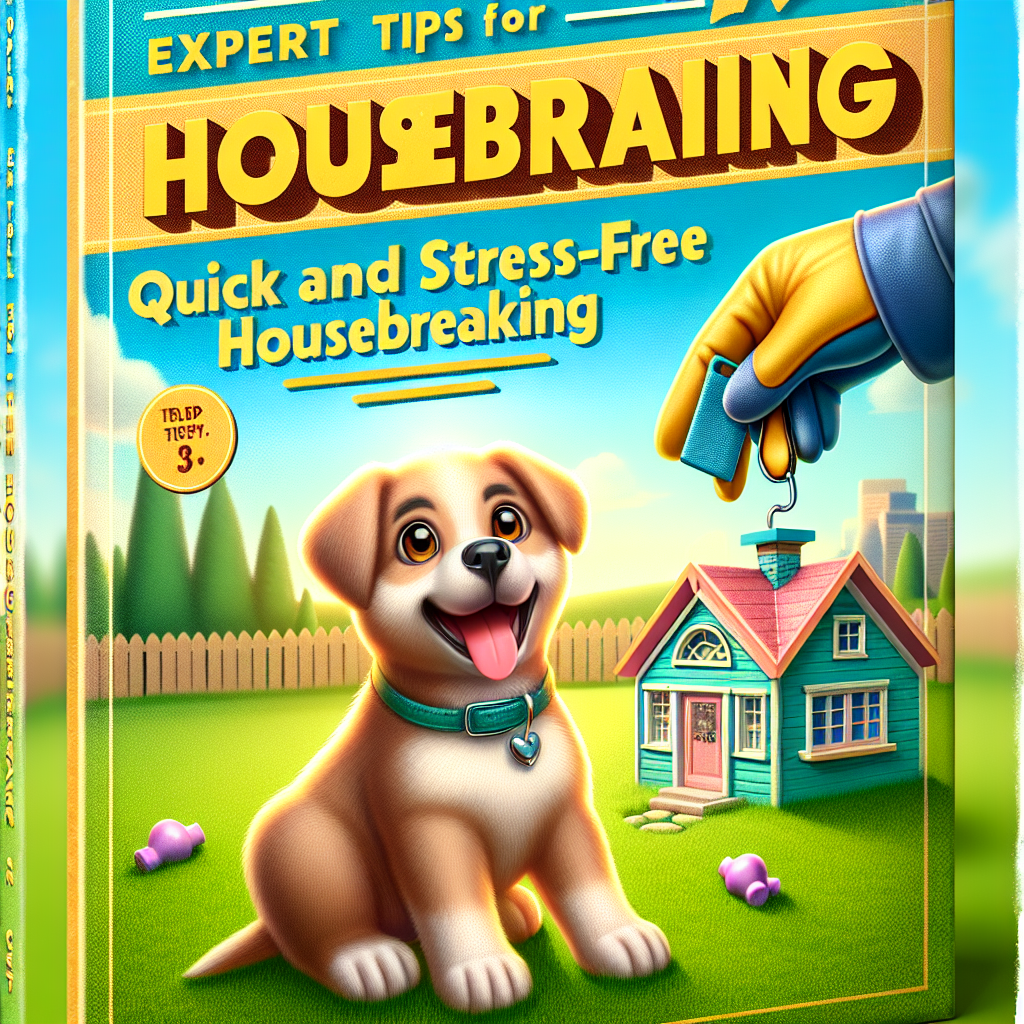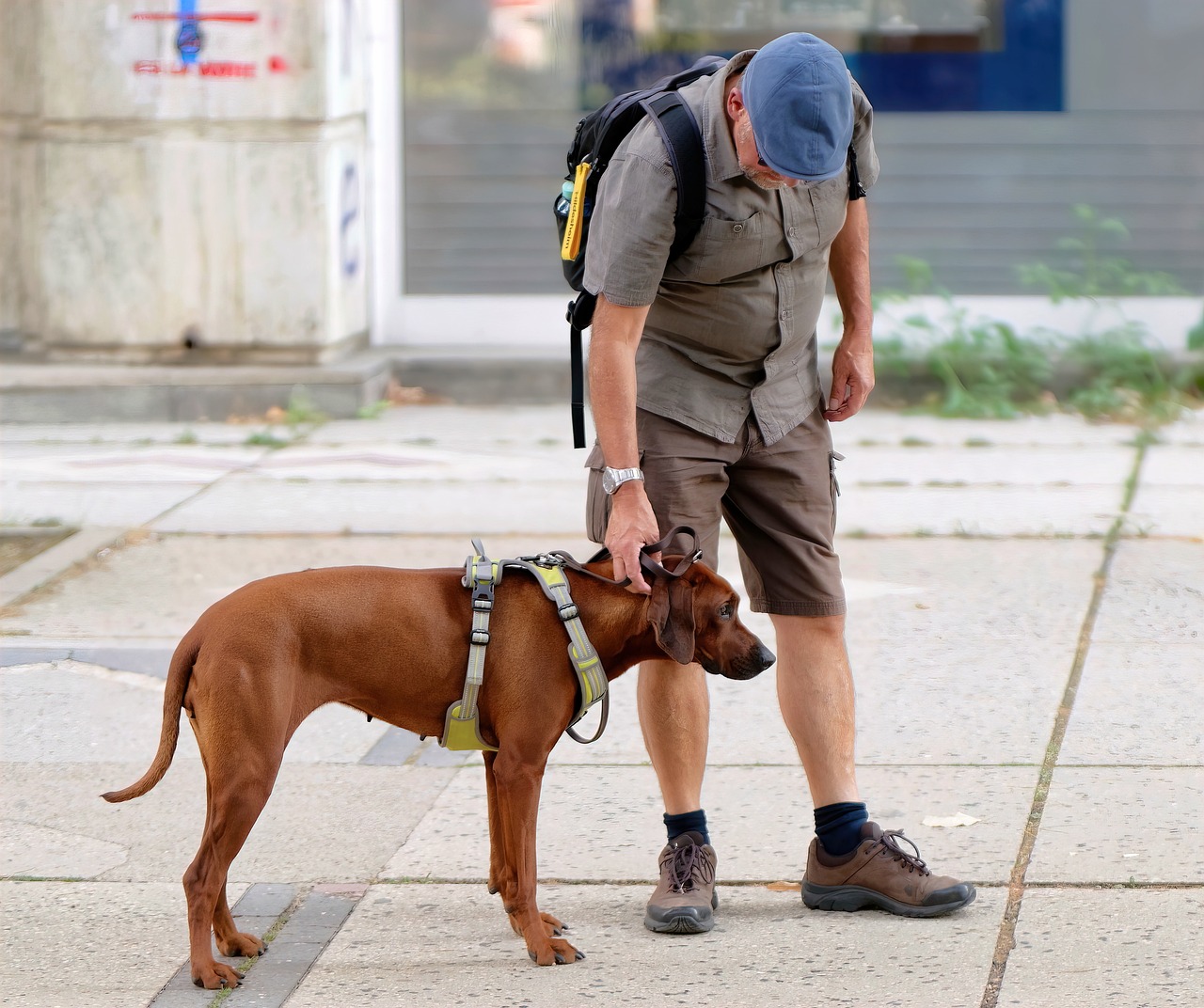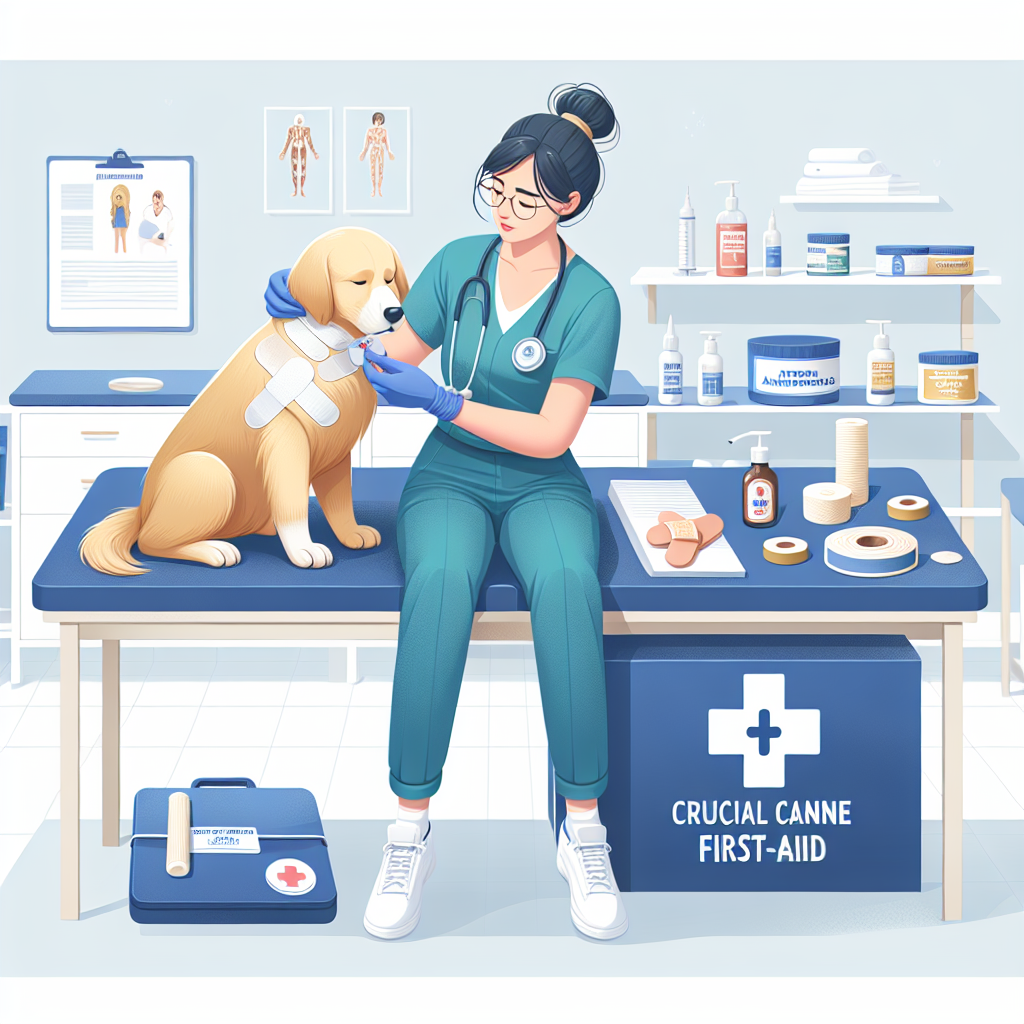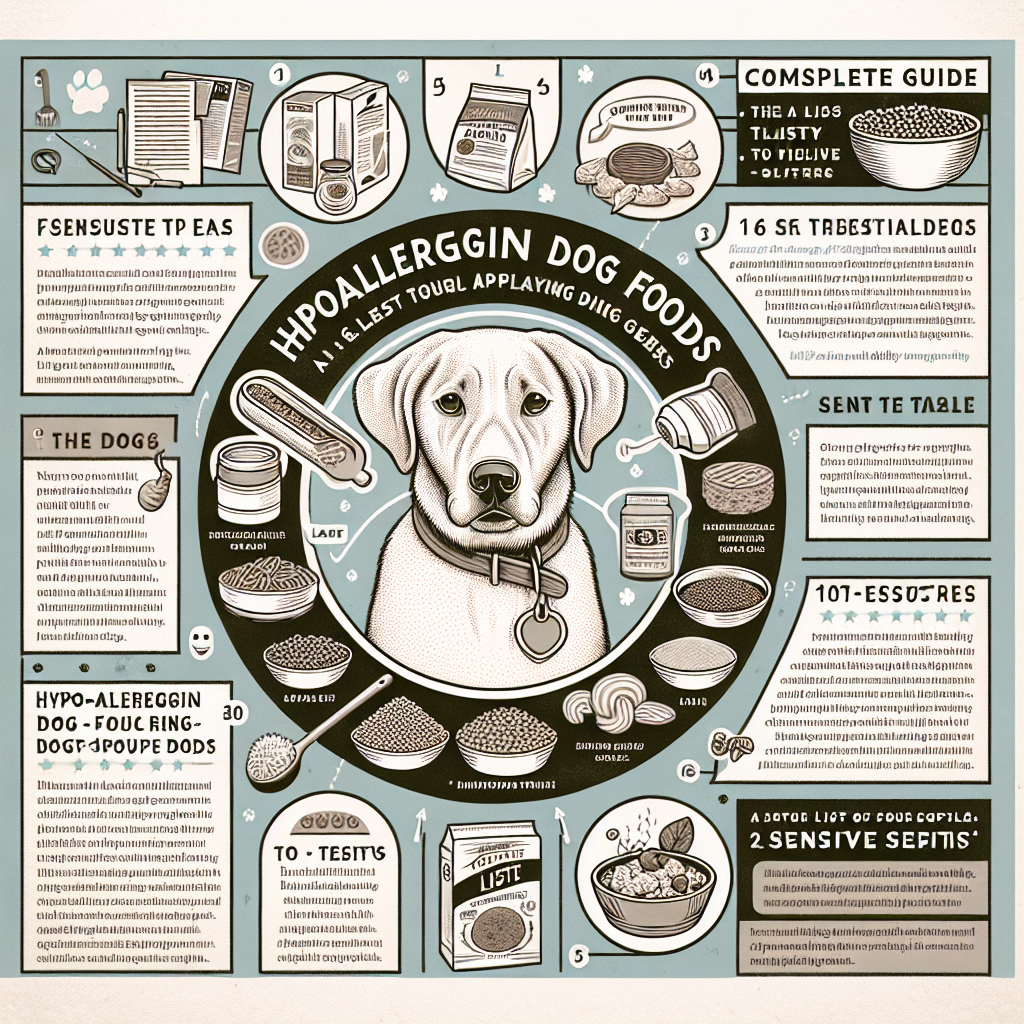
Housebreaking a new puppy is an essential aspect of pet ownership, and it can be a delightful experience if approached correctly. If you’ve recently welcomed a furry friend into your home, then you’re probably seeking advice on how to navigate the housebreaking process efficiently and with as little stress as possible. This ultimate guide aims to provide you with expert tips that will make housebreaking a seamless and enjoyable experience.
Table of Contents
- Understanding Housebreaking
- Getting Started: Essential Preparations
- Consistency is Key: Establishing a Routine
- Positive Reinforcement: The Power of Rewards
- Crate Training: Benefits and Techniques
- Managing Bathroom Breaks: Timing and Frequency
- Accidents Happen: How to Handle Setbacks
- Socialization and Supervision: The Role They Play
- Health Considerations: When to Consult a Veterinarian
- Conclusion: Patience and Persistence Pay Off
Understanding Housebreaking
Housebreaking, also known as potty training, involves teaching your puppy where it is appropriate to relieve itself. The goal is to transition the puppy from relieving itself indoors to doing so outside. It’s not just about cleanliness; it’s also a foundational step towards building trust and establishing good behavior patterns.
Getting Started: Essential Preparations
Setting Up a Designated Area
Before you begin the housebreaking process, designate a specific area where your puppy can relieve itself. This helps to create a consistent habit, making it easier for the puppy to understand where and when it should go.
Gathering Supplies
Prepare by gathering the following:
- Puppy pads
- A crate (sized appropriately for your puppy)
- Enzymatic cleaner (to eliminate odors from accidents)
- Treats and training aids
- A leash
Initial Vet Visit
Ensure that your puppy is in good health by scheduling an initial vet visit. Discuss any potential health issues that might affect housebreaking, such as urinary tract infections or digestive problems.
Consistency is Key: Establishing a Routine
Feeding Schedule
Feed your puppy at the same times every day. Consistent feeding leads to regular potty breaks. Most puppies will need to relieve themselves within 30 minutes of eating.
Regular Bathroom Breaks
Take your puppy to the designated bathroom area frequently—first thing in the morning, after meals, after playtime, and before bedtime. Puppies typically need to relieve themselves every hour initially, gradually extending to every couple of hours as they grow.
Nighttime Routine
Young puppies might need to go during the night. Put the crate close to your bed so you can hear if the puppy needs to go out. With time, the need for nighttime breaks will decrease.
Positive Reinforcement: The Power of Rewards
Positive reinforcement encourages good behavior without using fear or punishment. When your puppy relieves itself in the designated area, immediately praise it and offer a treat. This helps the puppy to associate going outside with positive outcomes.
Timing Matters
The reward must be immediate. Puppies have short attention spans, and a delayed reward can confuse them about what behavior is being praised.
Avoid Punishment
Never punish your puppy for accidents. This can create fear and anxiety, making the housebreaking process more difficult. Instead, clean up accidents calmly and redirect the puppy to the designated bathroom area next time.
Crate Training: Benefits and Techniques
Choosing the Right Crate
Select a crate that’s large enough for your puppy to stand, turn around, and lie down comfortably, but not so large that it can eliminate in one corner and sleep in another.
Making the Crate a Positive Space
Introduce the crate as a comfortable, safe space—never as a place of punishment. Feed your puppy in the crate and leave the door open so it can explore at its own pace.
Gradual Crate Training
Start by closing the crate door for short periods while you’re home, gradually extending the time. This helps your puppy learn that the crate is a safe space and not a confinement.
Managing Bathroom Breaks: Timing and Frequency
Signs Your Puppy Needs to Go
Common signs include sniffing around, circling, and whining. When you notice these behaviors, take your puppy to the designated bathroom area immediately.
Scheduling Bathroom Breaks
Puppies usually need to relieve themselves:
- After waking up
- Post-meals
- After playtime
- Before bedtime
Consistency and a regular schedule can greatly speed up the housebreaking process.
Accidents Happen: How to Handle Setbacks
Cleaning Up
Use an enzymatic cleaner to remove traces of urine or feces. Regular household cleaners might leave odors that encourage the puppy to return to the same spot.
Re-evaluating Your Strategy
If accidents are frequent, it may indicate that the bathroom break schedule needs adjusting or that the puppy isn’t being properly supervised. Be patient and adjust your approach as needed.
Staying Calm
Accidents are normal and part of the learning curve. Reacting calmly helps maintain trust and prevents creating anxiety around housebreaking.
Socialization and Supervision: The Role They Play
Importance of Supervision
Always supervise your puppy, especially during the initial stages of housebreaking. This allows you to catch signs that it needs to go and guide it to the designated area.
Socialization
Introduce your puppy to various environments, noises, and situations to build confidence. A well-socialized puppy is less likely to develop anxiety-related housebreaking issues.
Health Considerations: When to Consult a Veterinarian
Possible Health Issues
Frequent accidents or the inability to hold urine might indicate health issues like urinary tract infections or digestive problems. Consult your vet if you notice any irregularities.
Nutritional Factors
Your puppy’s diet can affect its bathroom habits. Discuss dietary options with your vet to ensure your puppy is getting balanced nutrition that aids in regular digestion.
Conclusion: Patience and Persistence Pay Off
Housebreaking a puppy requires time, patience, and consistent effort. By following the expert tips outlined in this guide, you can create a quick and stress-free housebreaking experience for both you and your puppy. Remember, every puppy is unique and may take different amounts of time to be fully housebroken. Stay patient and persistent, and celebrate the small victories along the way.
In the end, the bond you form during this process will set the groundwork for a loving and well-behaved companion. Good luck, and happy training!
#ChatGPT assisted in the creation of this article.






